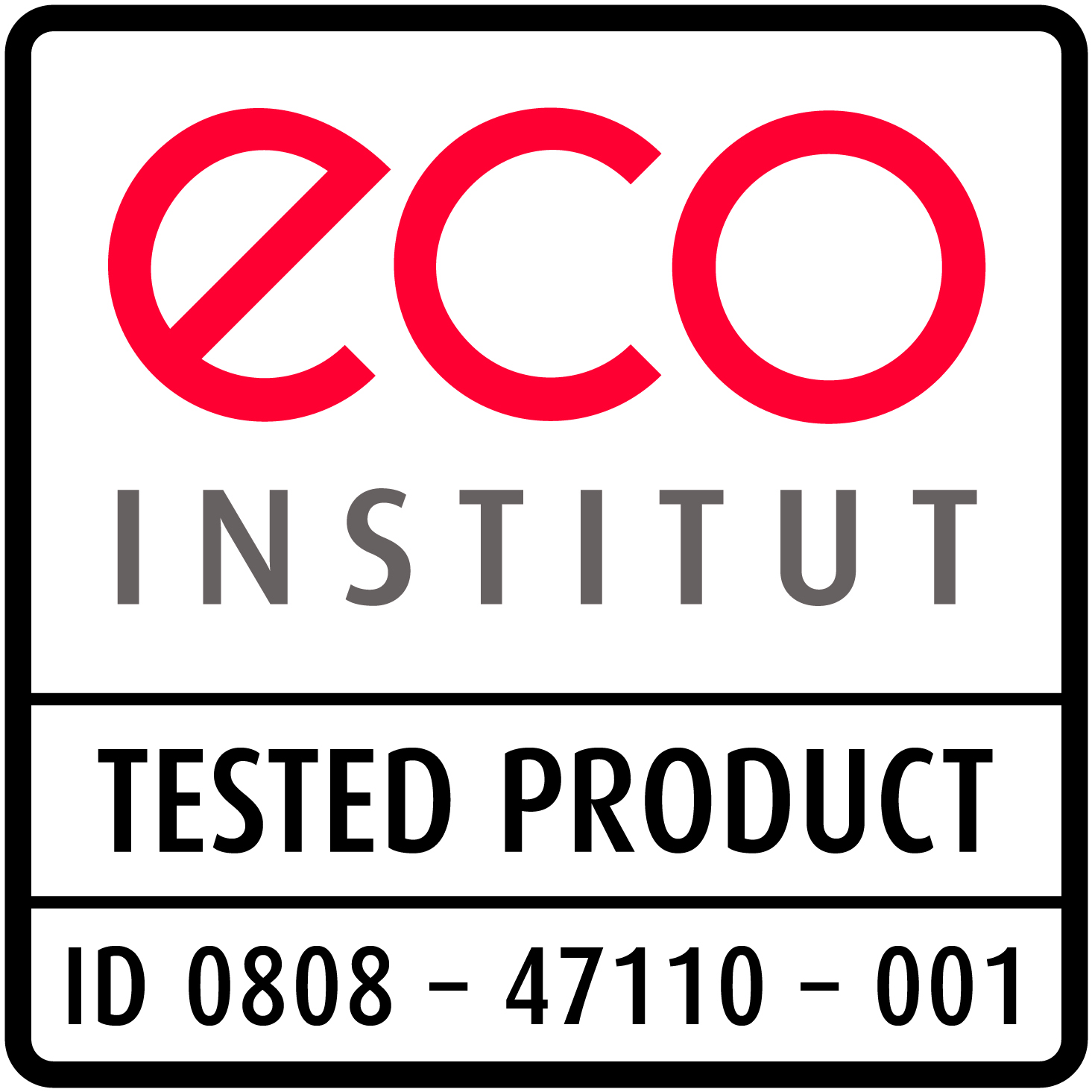 eco-INSTITUT has revised and updated the test criteria for the eco-INSTITUT-Label. The criteria have been published and are valid with immediate effect.
eco-INSTITUT has revised and updated the test criteria for the eco-INSTITUT-Label. The criteria have been published and are valid with immediate effect.
Various organisations have published new substance classifications and requirement values since our last criteria revision. This made it necessary to adapt our criteria. We have also concretised and made additions to some of the requirements. As a result, we can continue to fulfil the ever-increasing demands placed on low-emission and low-emission products for interiors and guarantee the high quality of the eco-INSTITUT-Label in the future.
Overview of the changes:
- The following changes have been made to the basic requirements:
- The use of perfluorinated and polyfluorinated alkyl compounds is now explicitly excluded in certified products.
- Specific concentration limits have been introduced for critical H-phrases.
- For acetic acid emissions from wood products, the following will apply in the future: If, after 28 days, the TVOC requirement value of 300 µg/m³ is exceeded due to a measured acetic acid concentration, a requirement value of 350 µg/m³ for acetic acid after 28 days will apply. In addition, the acetic acid concentration is then not taken into account when assessing the TVOC after 28 days, i.e. it is recorded and assessed separately from the TVOC requirement value.
For more background information, please read our latest technical paper. - In the future, wall paints must be proven to be free of solvents and formaldehyde in accordance with VdL Guideline 01.
- Recycled materials are now subject to certain requirements:
- The following recycled materials can be used for flooring: Post-consumer recyclates of the plastics polypropylene (PP) in accordance with DIN EN 15345 and polyethylene terephthalate (PET) in accordance with DIN EN 15348, in each case from the packaging waste collection of the dual systems (or comparable sources) and the packaging take-back along the supply chain, taking into account DIN EN ISO 16103.
- The purity requirements according to DE-UZ 120 (Blue Angel criteria for elastic floor coverings) apply to plastic recyclates made of PP and PET for flooring.
- The raw material of the PP and PET recyclates must undergo a washing process at the recycling company.
- In this context, there are now also requirements for factory production control (regular odour testing and heavy metal analysis).
- Aniline from mattresses/natural latex: For latex components in mattresses/foams, a general requirement value of 10 mg/kg aniline now applies ( evidenced by ingredient analysis).
- Furniture and windows/doors/partition walls: In the case of very small elements that make up no more than 1% by mass of the product or whose surface area is no more than 1% of the product, a requirement value higher by a factor of 100 applies to the content analyses.
- We will consider the following reclassifications of substances from March 2024:
- 2-ethylhexanoic acid (CAS 149-57-5): Reclassification as CMR 1 (Repr. 1B, this substance is now devalued from 1 µg/m³)
- Alpha-terpinene (CAS 99-86-5) and (5-ethyl-1,3-dioxan-5-yl)methyl acrylate (CAS 66492-51-1): Reclassification as skin sensitising (sensitising substance)
- Formal changes
The criteria are valid with immediate effect. A transition period for all changes is granted until March 2027.
You can download the new criteria here.
If you have any questions or require further information on the updates to the eco-INSTITUT-Labelcriteria, please contact Dipl.-Chemikerin Vanessa Laumann at vanessa.laumann@eco-INSTITUT.de.